How the Fira de Barcelona is bringing Wi-Fi 6 to some of Europe's biggest events
Next-gen networking will turn the Fira into a ‘smart venue’ and give attendees access to Wi-Fi roaming

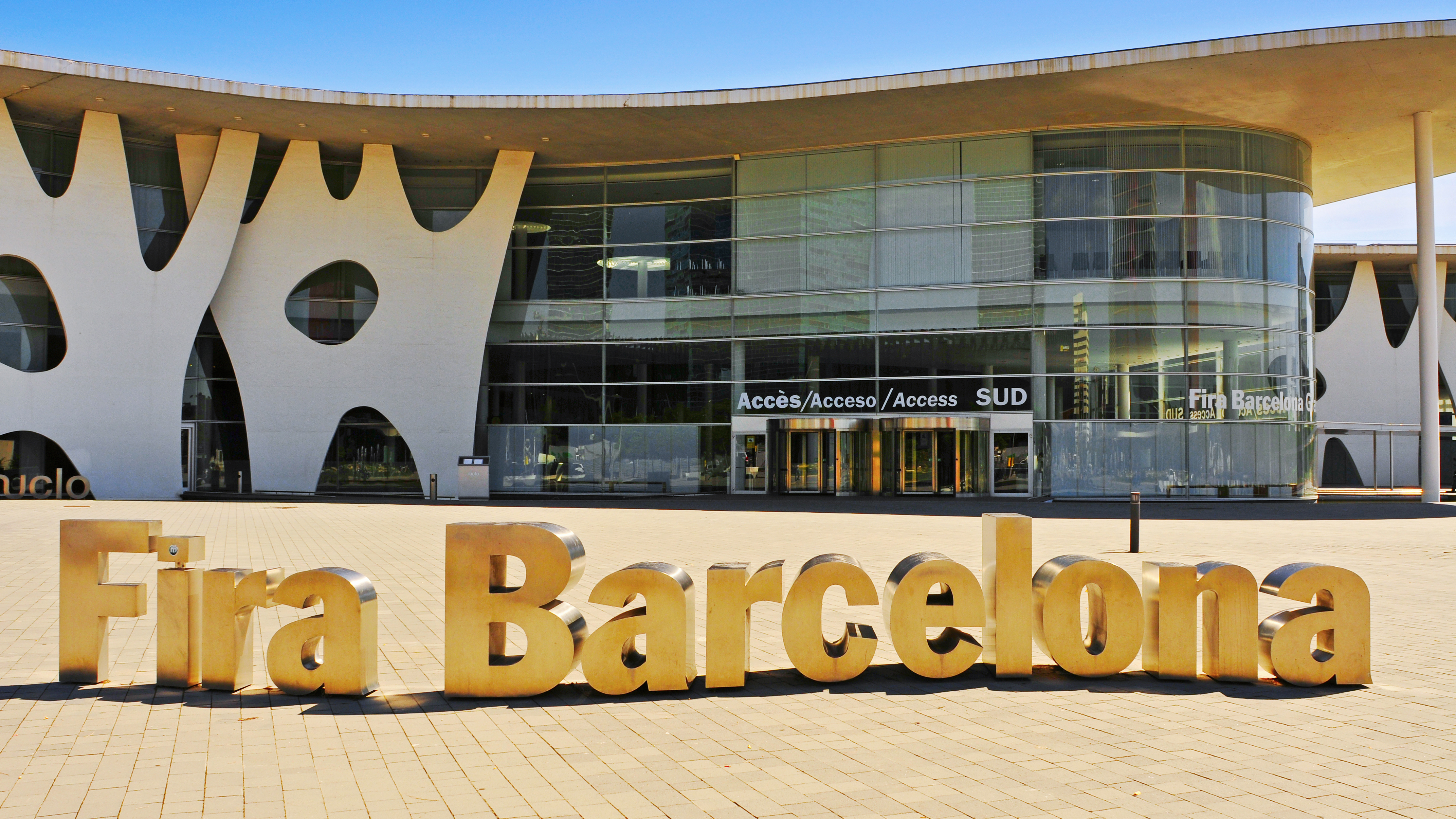
Around this time each year, 100,000 techies storm the city of Barcelona to catch the latest on networking and mobile innovation at Mobile World Congress (MWC). It’s one of the biggest events on the tech calendar, comparable to CES, and for the Fira de Barcelona, it's their bread and butter.
Having hosted MWC for at least the last decade, the venue is purpose-built to service a flowing sea of companies and delegates that swarm through its doors for the week-long event. Sustaining these numbers inevitably brings challenges, however, particularly in the networking arena.
In the run up to this year’s MWC, the venue invested in Wi-Fi 6 technology to beef up its network infrastructure.
Unfortunately, rather than swathes of people flocking to the Fira, its corridors will be eerily empty, following organiser GSMA’s decision to cancel the event amid fears over the COVID-6 corona virus that has caused an epidemic in China and struck others around the world.
Nevertheless, it’s worth considering how Wi-Fi 6 will improve the experience of MWC delegates next year, when the conference hopefully returns, as well as for attendees of other conferences that will take place in the meantime.
“Wi-Fi 6 is revolutionary,” Cisco’s wireless CTO Matt MacPherson, told journalists attending Cisco Live 2020, also hosted by the Fira – although he noted in good humour that we would expect him to say that.
The advent of 5G and its widely-touted possibilities often steals headlines, with the main promises lying in not just a speed boost but also increased network reliability. With the hype train stalling in recent months, however, businesses should perhaps instead look to the benefits that its sister technology can bring – and not just in 12 months time, but now.
Sign up today and you will receive a free copy of our Future Focus 2025 report - the leading guidance on AI, cybersecurity and other IT challenges as per 700+ senior executives
Wi-Fi 6 promises opportunities deemed just as exciting as 5G, its advocates suggest, given it’s built on the same underlying fabric; OFEMA. However, its function is not to replace 5G, which operates better at range but to complement the technology.
“In indoor situations or in high density situations, what we know is Wi-Fi hotspots are fantastic,” MacPherson added.
The bandwidth that you can get through on that Wi-Fi network because of the density of those access points is phenomenal.
“Other technologies that are coming out with the advent of Wi-Fi 6 is also something called targeted wait time. So now what we can do is we can actually tell the device, wake up at this time, send your data, and go back to sleep. This means we can dramatically extend battery life.”
Ahead of MWC, it was planned that for the first time the Fira de Barcelona would have installed ready-to-go Wi-Fi 6 across halls five, six and seven, with attendees given the capacity to connect seamlessly.
That was the idea, anyway.
The process of getting the Fira Wi-Fi 6-ready involved just a month or two’s worth of work, which largely comprised physically replacing the wireless access points situated across the relevant sites. Work on the remaining halls is expected to be completed during the summer, during a period in which no events are being hosted.
The key challenges for Carlos Sanchez, who is telco services manager with the Fira de Barcelona, amounts to improving the venue’s network reliability, and eventually transforming the Fira into a “smart venue”.
“Fira is running such big events as Cisco Live, SAP, VMWorld, Mobile World Congress,” Sanchez says. “So, that means to have, in the venue, connectivity for more than 100,000 people. In those terms, Wi-Fi 6 helps us to increase this capacity and allows all these people to be connected at the same time – without impacting on the experience.
“This is very important for us because the Wi-Fi experience, for us a key factor to provide to the external organiser, or to the event organisers.”
Moreover, Sanchez wants to significantly ramp up the data that’s collected and fed back to the organisers.
“That means that all the sensors that we already have in the venue can provide information to the event organisers,” he added. This will give them the tools to set the temperature of the meeting rooms and to monitor the air quality, queues for the taxis and the restaurants, and even if the toilets are clean or not.
Beyond this, Wi-Fi 6 could pave the way for ‘wireless roaming’ much in the same way that users can hop between 4G and 5G networks when travelling abroad, due to some 800,000 roaming agreements struck between network operators. The key to achieving this is by introducing a ‘smart authentication’ procedure that works to eliminate the need for users to manually find the network name and enter the password.
The idea, according to the Wireless Broadband Alliance CEO Tiago Rodrigues, is to simplify connectivity by removing the need to sign in between subsequent networks as people move between venues and their respective networks. It’s one of the ways that this idea of a seamless convergence between 5G and Wi-Fi 6 can be realised.
The core principle is similar to that deployed by one-click social media logins that we encounter when browsing online. Users who are already members of a partnered entity, which could be anything from a bank to a mobile network operator, will find themselves automatically linked up to a Wi-Fi network through a unique ‘digital identity’ without having to cough up any personal details or manually fill out an access form. The network authenticates their identity, and automatically grants the user Wi-Fi access.
The technology was already in force at Cisco Live 2020, with manufacturer Samsung among those partnering to provide users with compatible digital identities. In practice, that means Samsung handset users found themselves automatically and securely connecting to the Fira de Barcelona’s Wi-Fi networks without having to enter any details, and not even necessarily with their knowledge.
What Cisco, the Fira de Barcelona, and organisations like the WBA are trying to achieve is to eradicate “hard breaks” experienced as users hop from 4G and 5G to Wi-Fi. The consequences of these interruptions range from dropping calls to video feeds disconnecting.
“LTE, 5G, has solved this problem; it just connects every time,” Cisco’s MacPherson added.
“Wi Fi didn't. Now, it does. And if you can connect both at the same time as you're going in and out of these menus, it can easily switch in milliseconds between these access technologies, instead of these hard breaks that we experienced before.
“So we're seeing these huge changes happen in the industry where we can really form heterogeneous connectivity. And what we call these 'any net' type connectivity, were you using multiple access technologies to solve your day to day problems."
While we may not get to see this technology in action at MWC, hopefully the next big tech conference in Barcelona will give thousands of people a chance to put it through its paces.

Keumars Afifi-Sabet is a writer and editor that specialises in public sector, cyber security, and cloud computing. He first joined ITPro as a staff writer in April 2018 and eventually became its Features Editor. Although a regular contributor to other tech sites in the past, these days you will find Keumars on LiveScience, where he runs its Technology section.
-
 Microsoft wants to replace C and C++ with Rust by 2030
Microsoft wants to replace C and C++ with Rust by 2030News Windows won’t be rewritten in Rust using AI, according to a senior Microsoft engineer, but the company still has bold plans for embracing the popular programming language
-
 Google drops $4.75bn on data center and energy firm Intersect
Google drops $4.75bn on data center and energy firm IntersectNews The investment marks the latest move from Google to boost its infrastructure sustainability credentials
-
 Can AI deliver better broadband?
Can AI deliver better broadband?News AI can help operators build broadband better, in particular if it's used to design networks, according to new research.
-
 The mobile industry will be worth $11 trillion in next five years — but growth could soar higher if usage gaps are plugged
The mobile industry will be worth $11 trillion in next five years — but growth could soar higher if usage gaps are pluggedNews An MWC report shows the power of mobile technology to support the economy
-
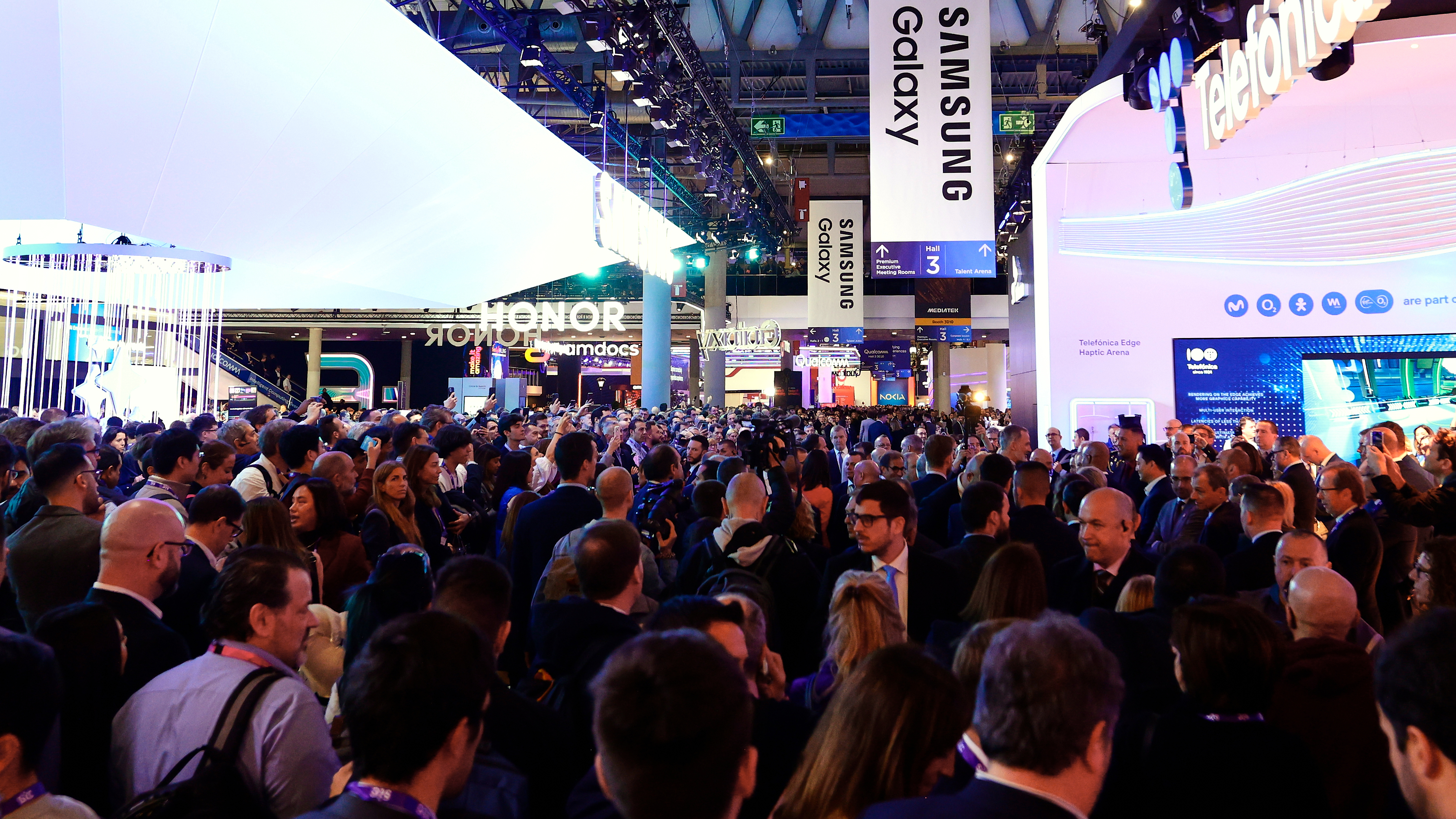 MWC 2025: How will 5G and AI come together?
MWC 2025: How will 5G and AI come together?Analysis Traditionally a telecoms extravaganza, this year’s event will open the floor up to generative AI
-
 MWC 2012: Nokia's Elop taunts Windows Phone competition
MWC 2012: Nokia's Elop taunts Windows Phone competitionNews Nokia’s CEO targets Android’s market share, but manages to get in a few Apple insults along the way.
-
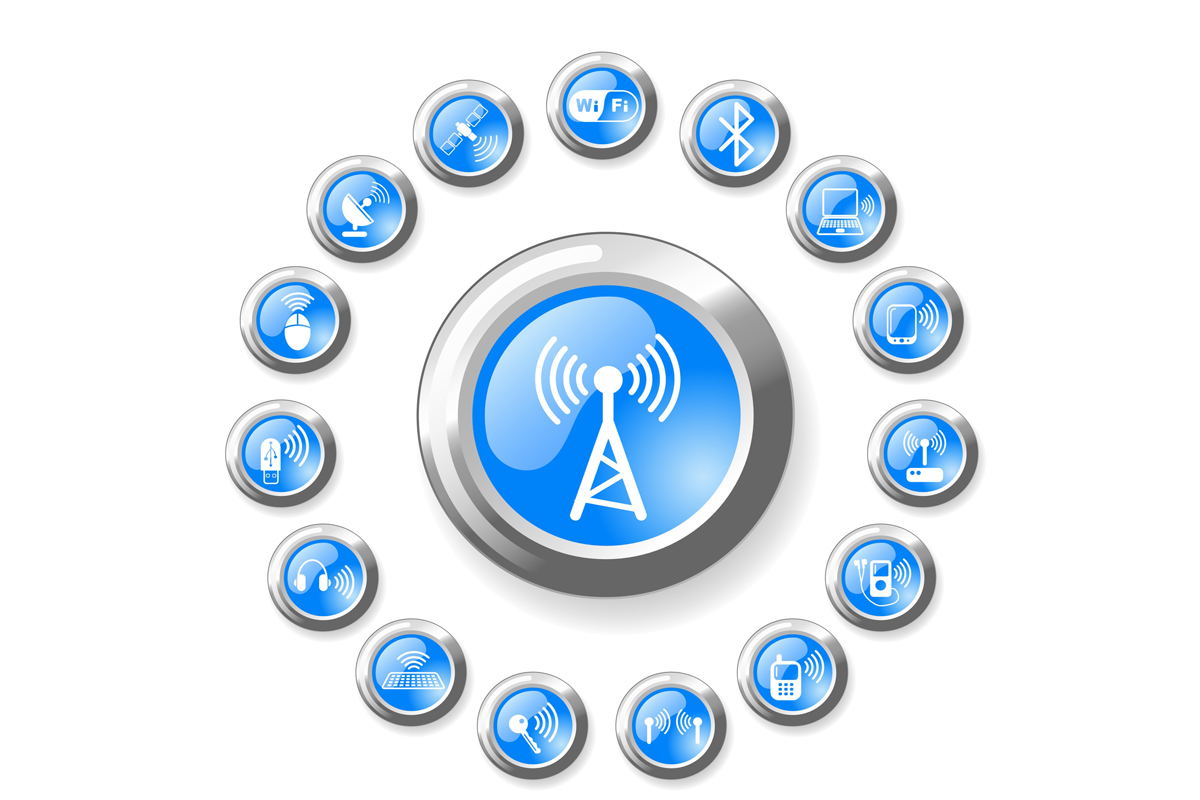 MWC 2012: Cisco unveils 'Next Generation' hotspots
MWC 2012: Cisco unveils 'Next Generation' hotspotsNews The new products will help offload worker's mobile traffic onto Wi-Fi networks.
-
 MWC 2010: Intel and Nokia unveil MeeGo
MWC 2010: Intel and Nokia unveil MeeGoNews Industry giants Intel and Nokia have teamed up to deliver an open source-based system for the mobile world.
-
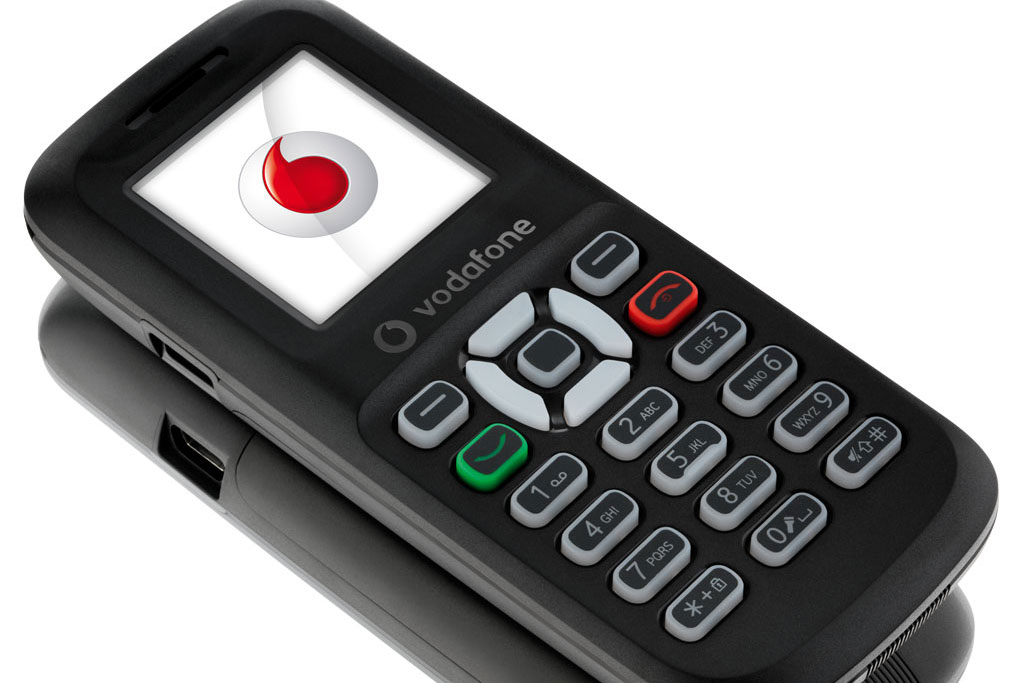 MWC 2010: Vodafone to offer $15 handset for emerging markets
MWC 2010: Vodafone to offer $15 handset for emerging marketsNews New handsets aim to deliver mobile payment services to whole new markets as Vodafone rolls out no-frills phones to 11 developing markets.
-
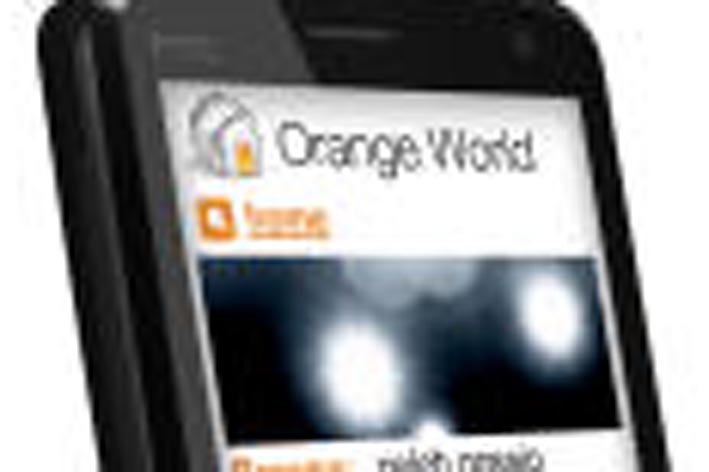 Orange looks to mobile web
Orange looks to mobile webIn-depth Internet applications have never been so dominant within mobile communications, as more manufacturers announce application stores for platforms.